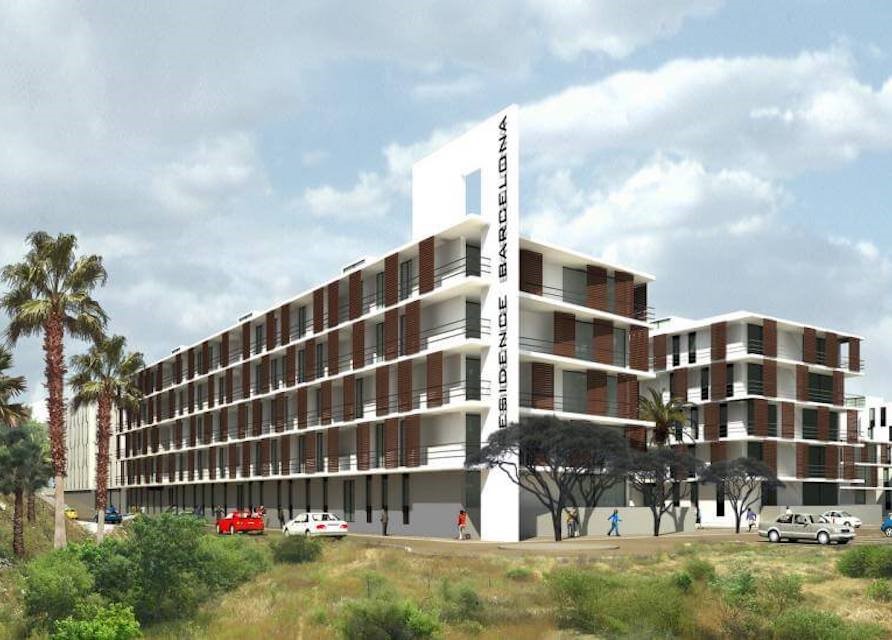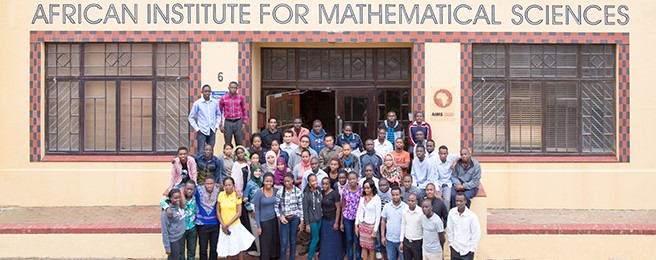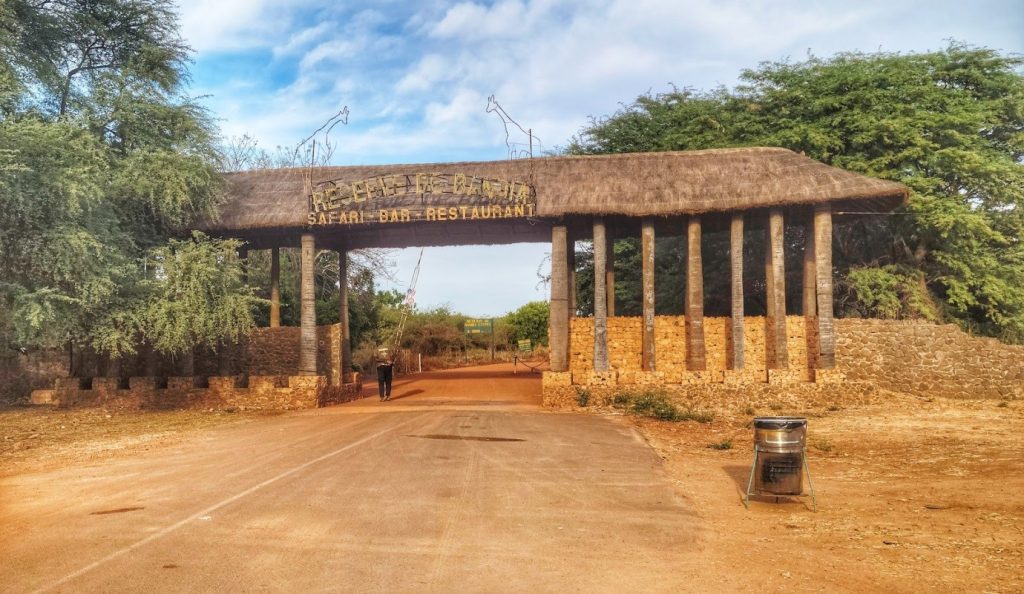Senegal is a linguistically diverse country in West Africa, with a rich variety of languages spoken across its regions. These languages belong to different language families and are used for various purposes within the country. The linguistic landscape of Senegal can be divided into three main categories: national languages, colonial languages, and immigrant languages (Diop, 2005).
National Languages:
Senegal recognizes several national languages, reflecting its diverse ethnic and cultural groups. These languages hold significant importance in local communication and cultural expression. Some of the major national languages in Senegal include:
Wolof:
Wolof is the most widely spoken language in Senegal and serves as a lingua franca among different ethnic groups. It is predominantly spoken in the western part of the country and is often used in urban areas for daily communication, trade, and media (Cobbinah, 2018).
Serer:
The Serer language is spoken by the Serer people, who primarily inhabit the Sine-Saloum region of Senegal. It has several dialects and holds cultural and religious significance for the Serer community (Sarr, 2007).
Pulaar (Fulfulde):
Pulaar, also known as Fulfulde, is spoken by the Fulani ethnic group, mainly in the northern regions of Senegal. It is widely used for pastoral activities, social interaction, and local governance (Sall, 2015).
Diola (Jola):
The Diola language is spoken by the Diola people in the Casamance region of southern Senegal. It has multiple dialects and plays a crucial role in the cultural identity of the Diola community (Casamance, 2011).
Colonial Languages:
Senegal was a French colony, and as a result, French is an official language and is used in education, government, media, and formal communication throughout the country.
French:
French serves as the language of instruction in schools and is widely used for administrative and official purposes. It is also employed in media, literature, and the legal system (Raponda-Walker & Sall, 2020).
Immigrant Languages:
Senegal has a diverse population, including immigrants from various countries. As a result, certain immigrant languages are spoken by these communities alongside the national and colonial languages.
Arabic:
Arabic is spoken by some Senegalese communities, particularly those with ties to the Middle East. It is often used for religious and cultural purposes within these communities (Lecarme & Gueye, 2010).
In summary, Senegal boasts a diverse linguistic landscape comprising national languages like Wolof, Serer, Pulaar, and Diola, which hold cultural and social significance within their respective communities. Additionally, French plays a pivotal role as an official and educational language, while certain immigrant populations maintain languages like Arabic for their religious and cultural practices.




